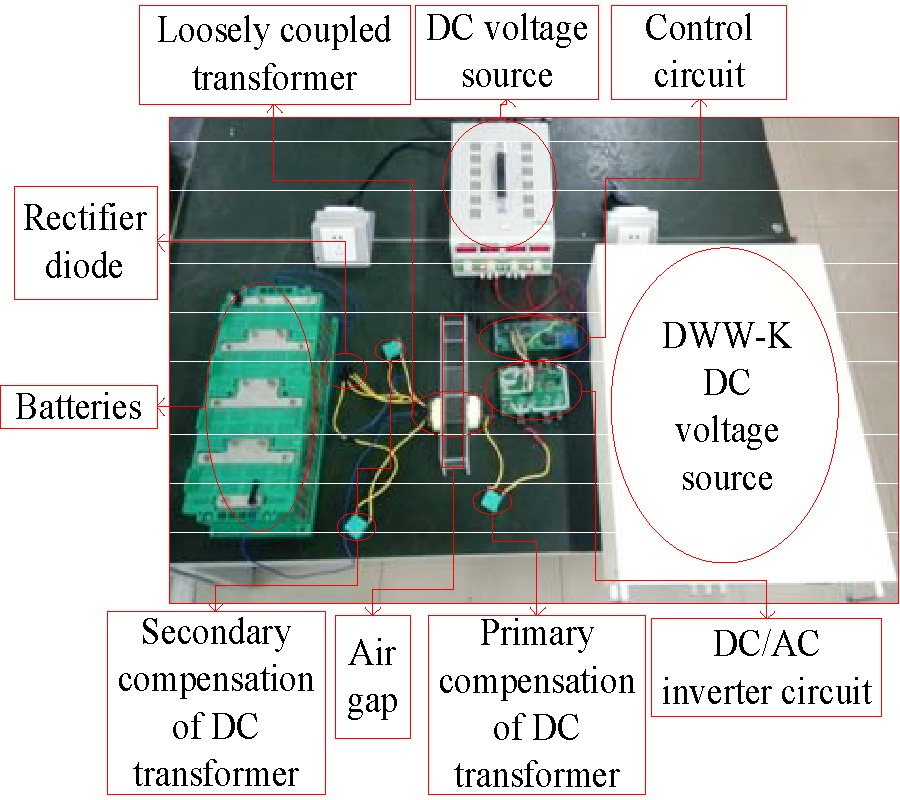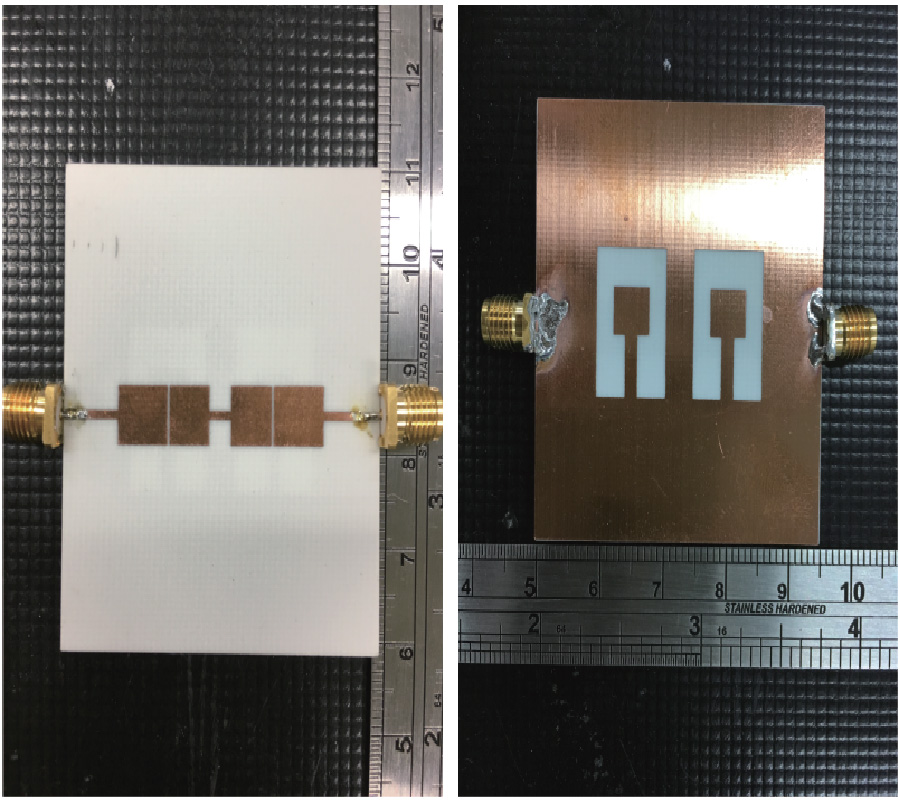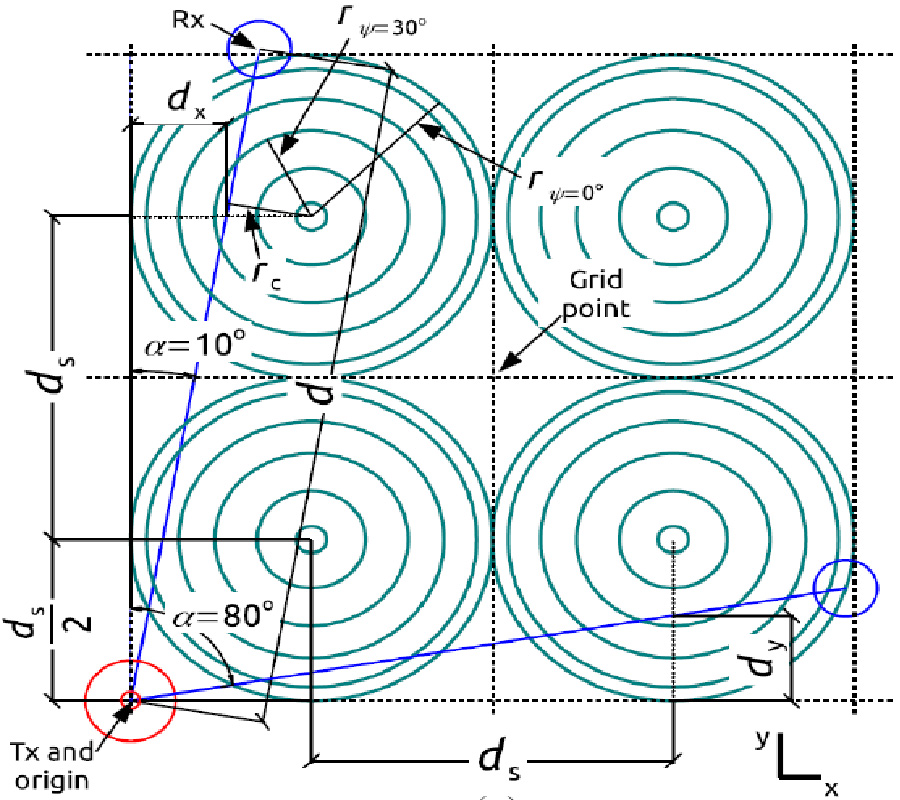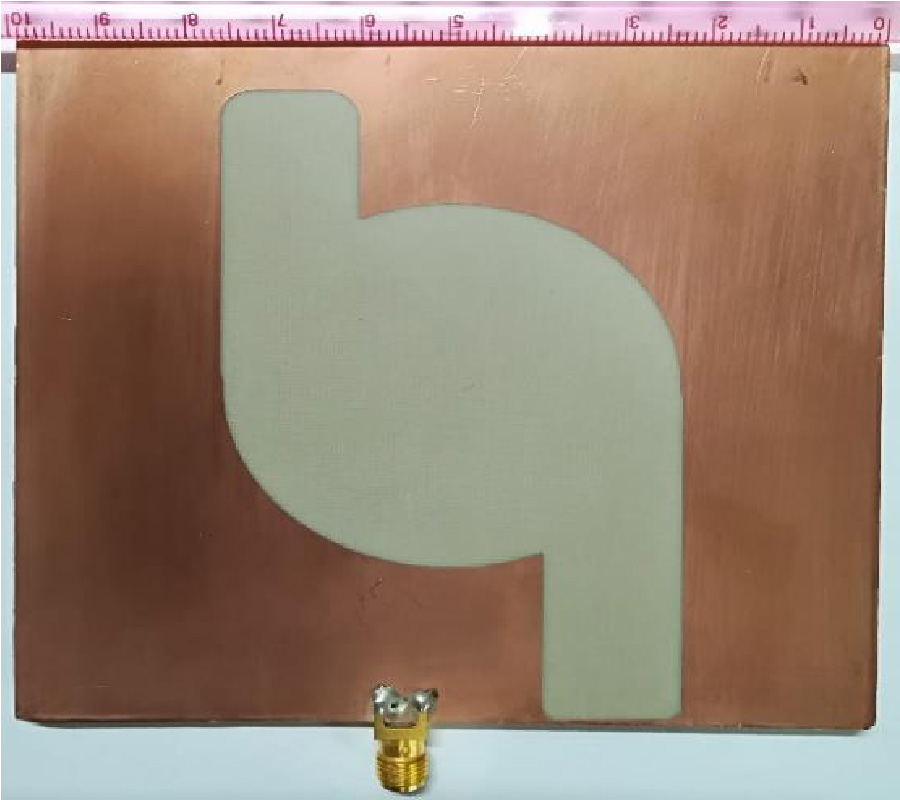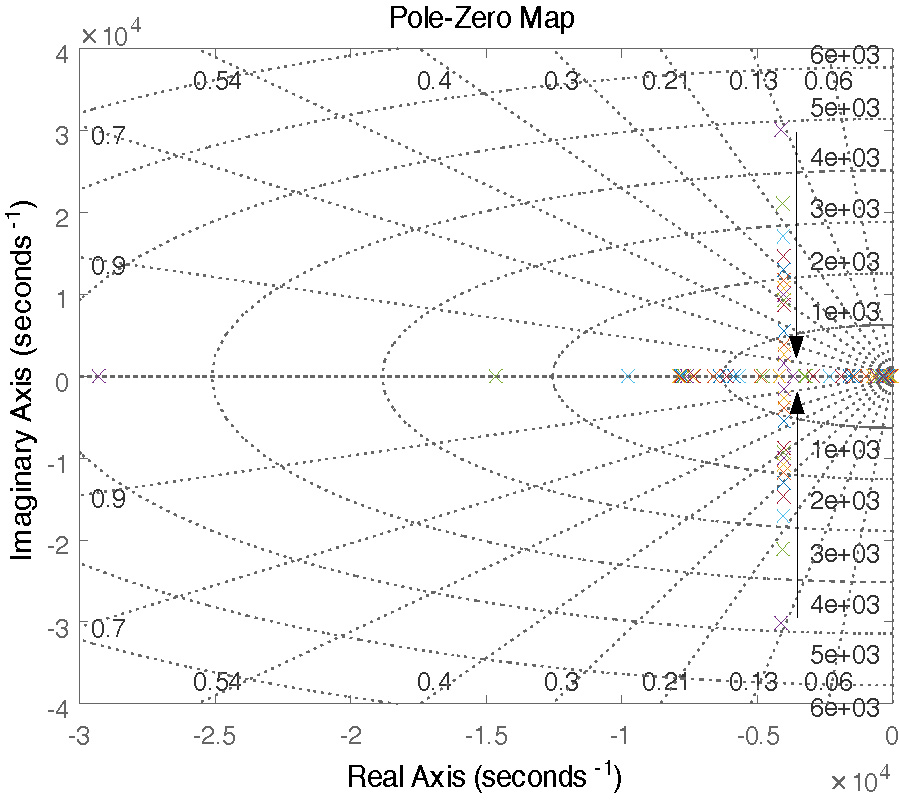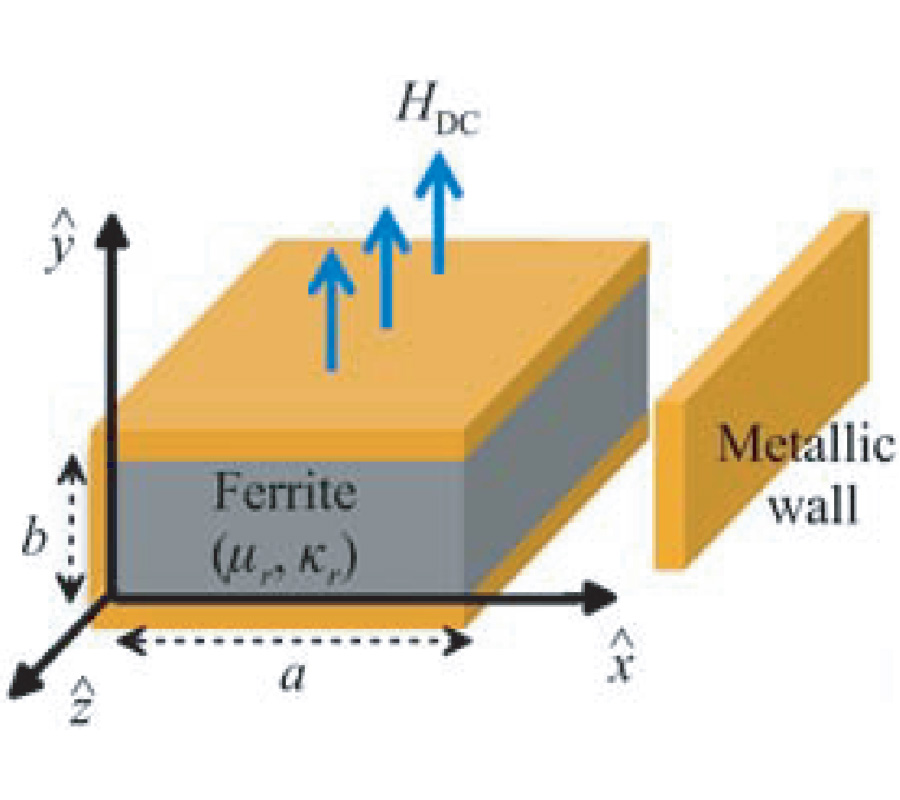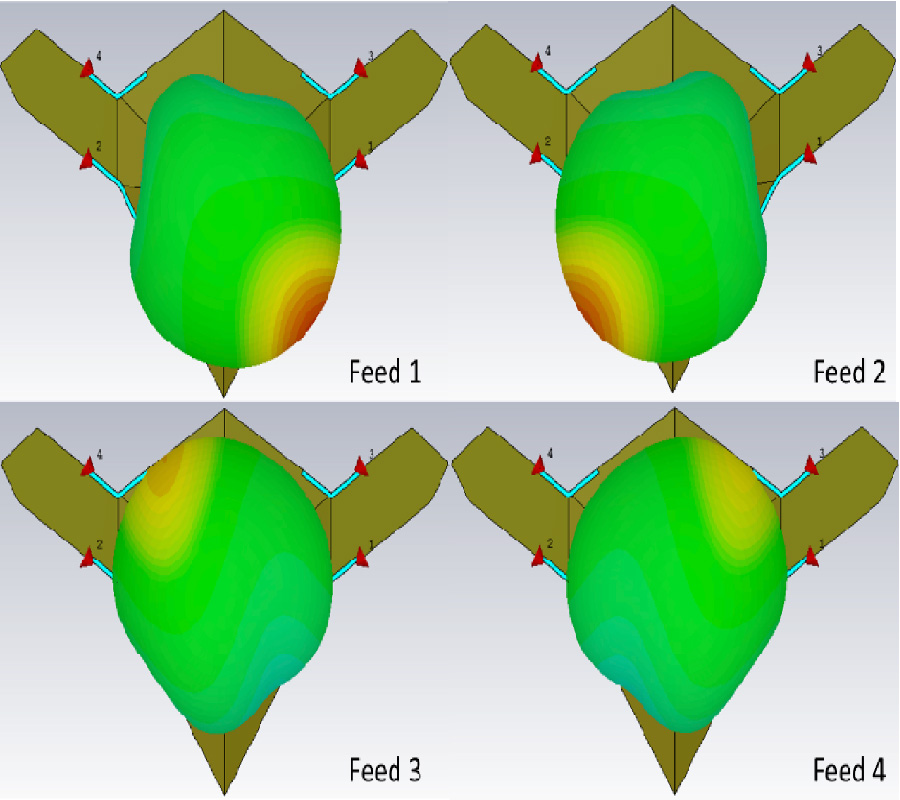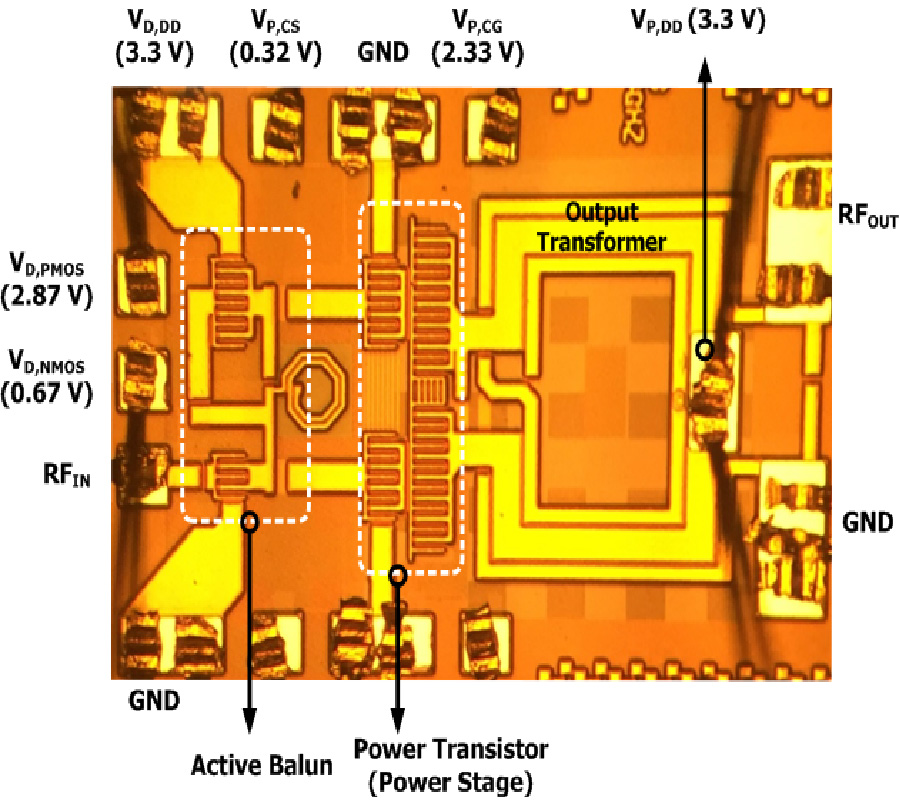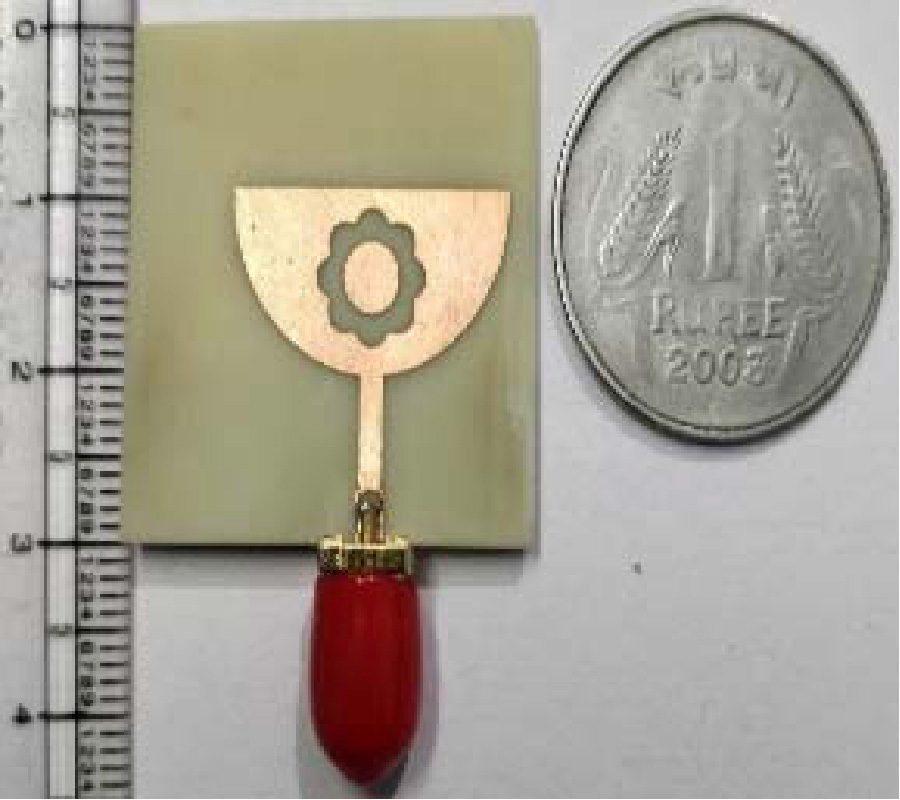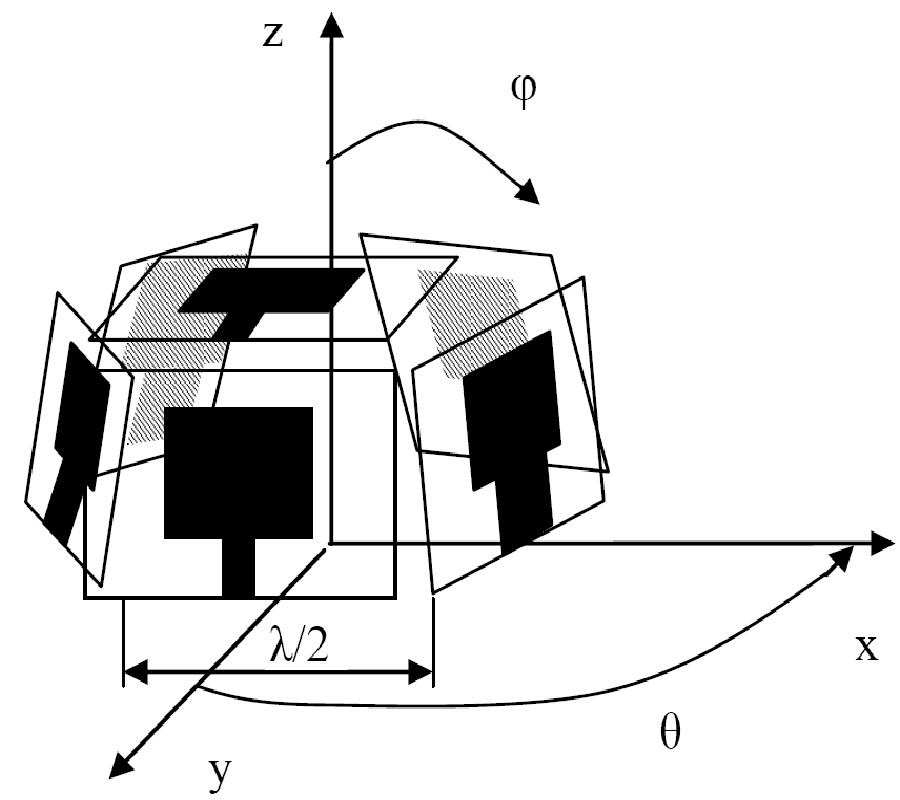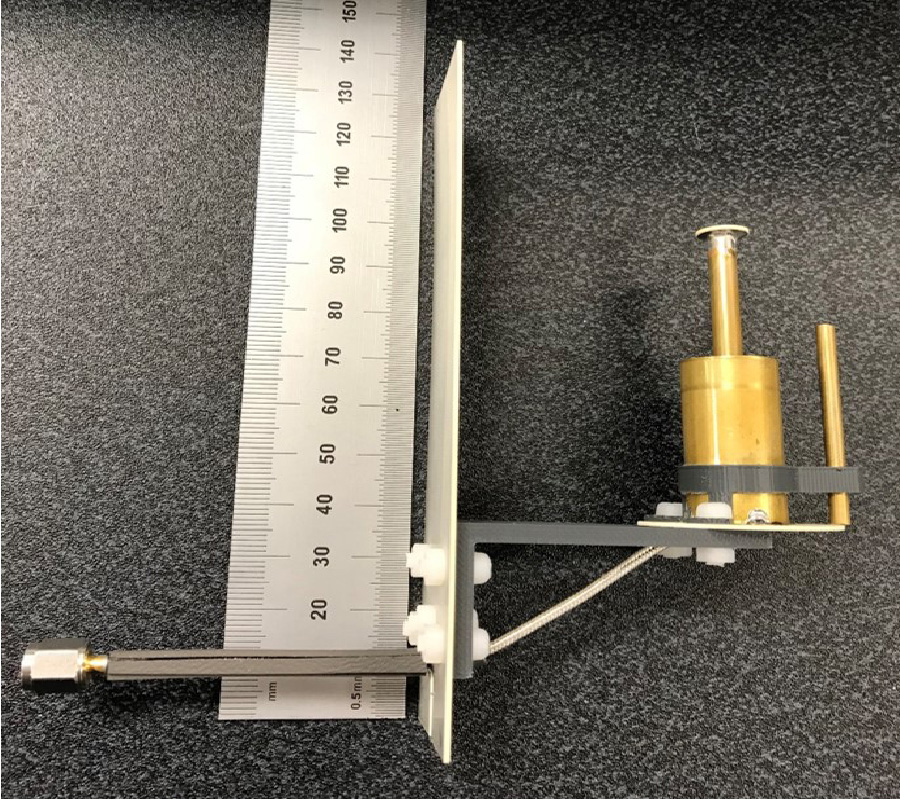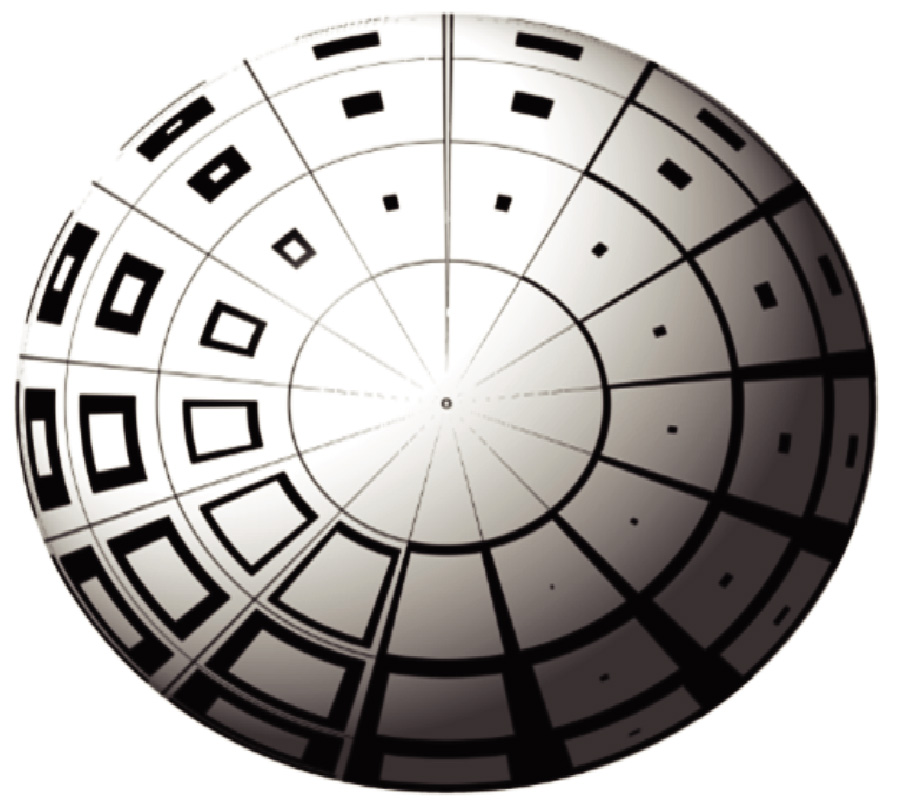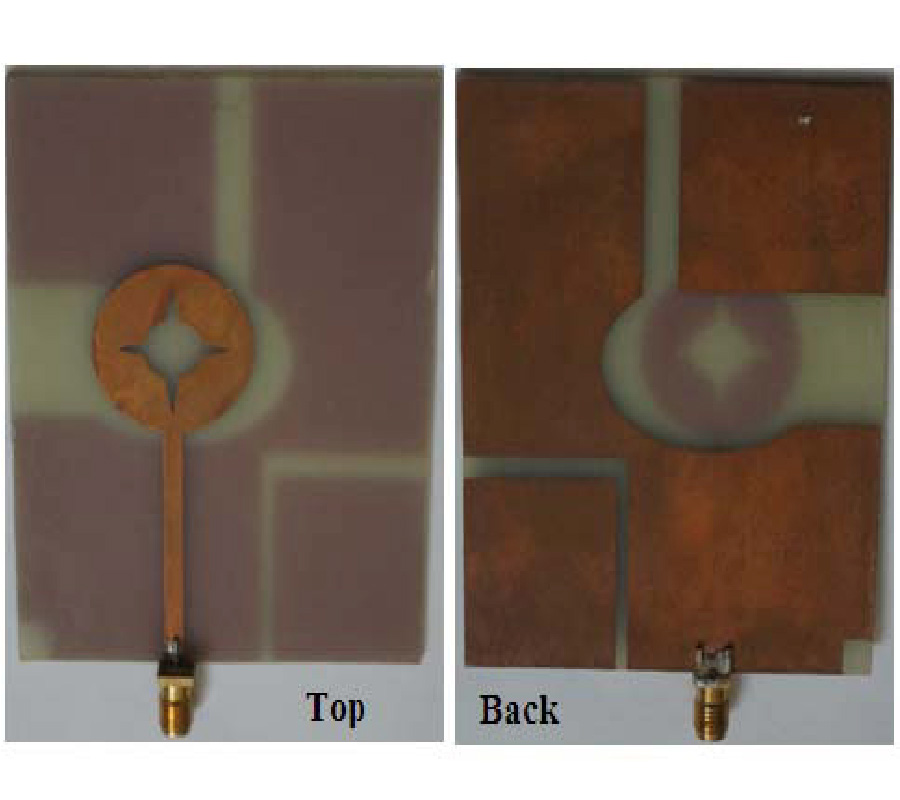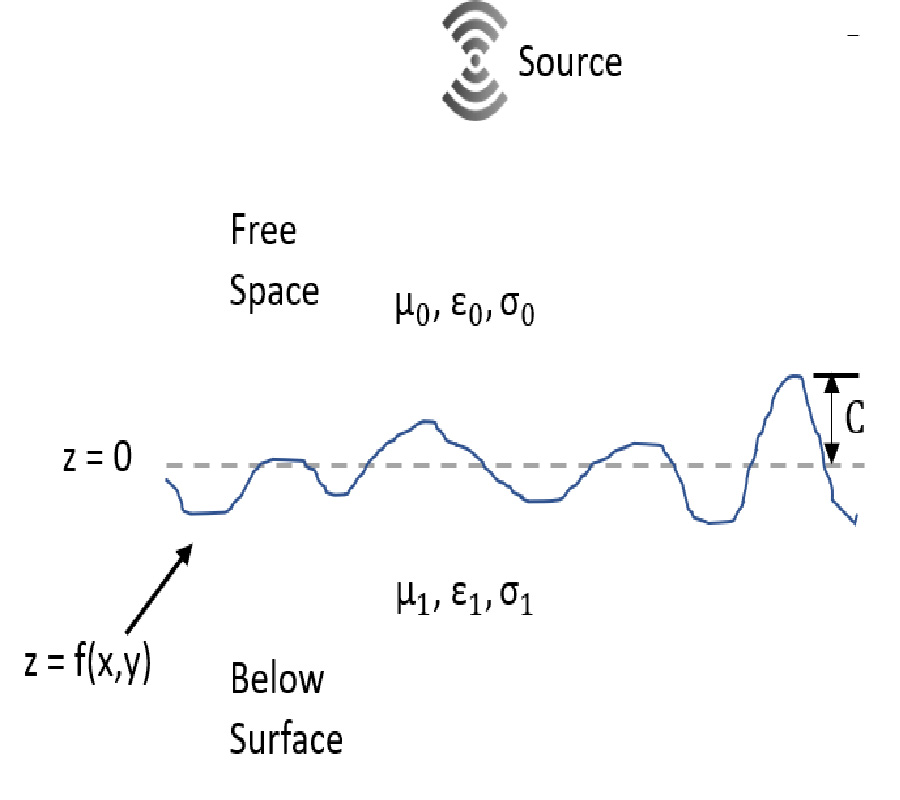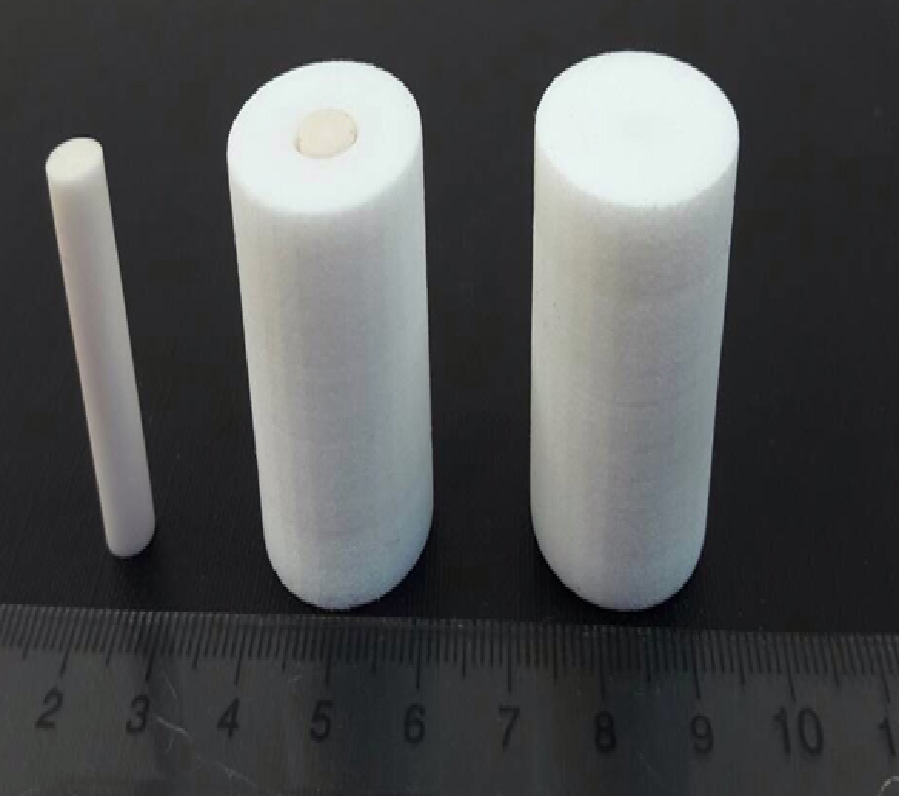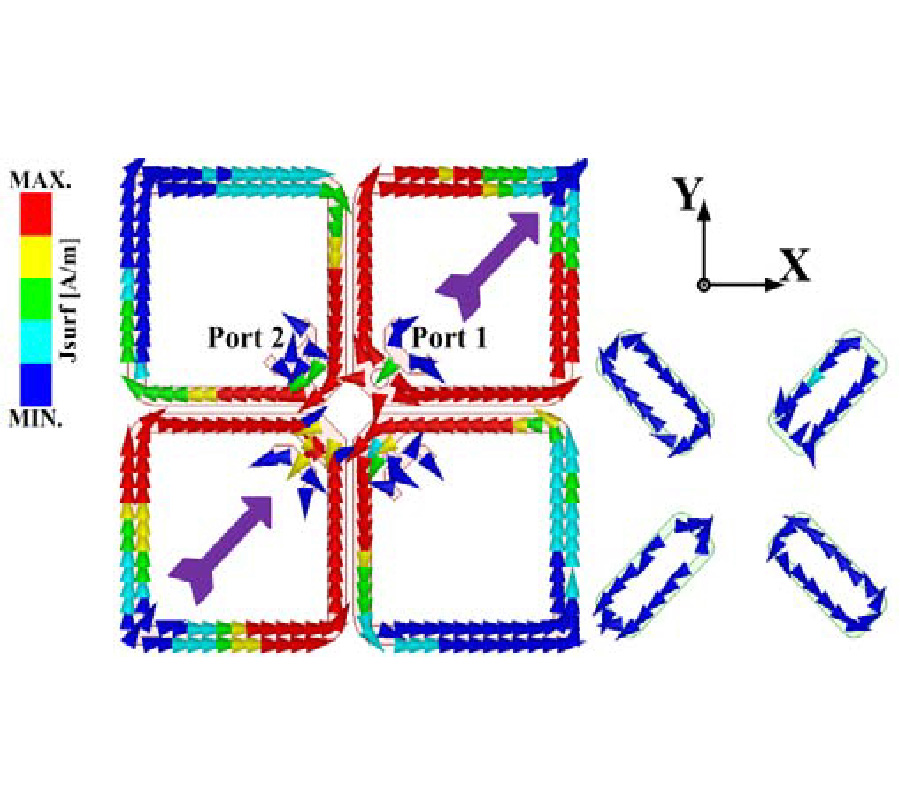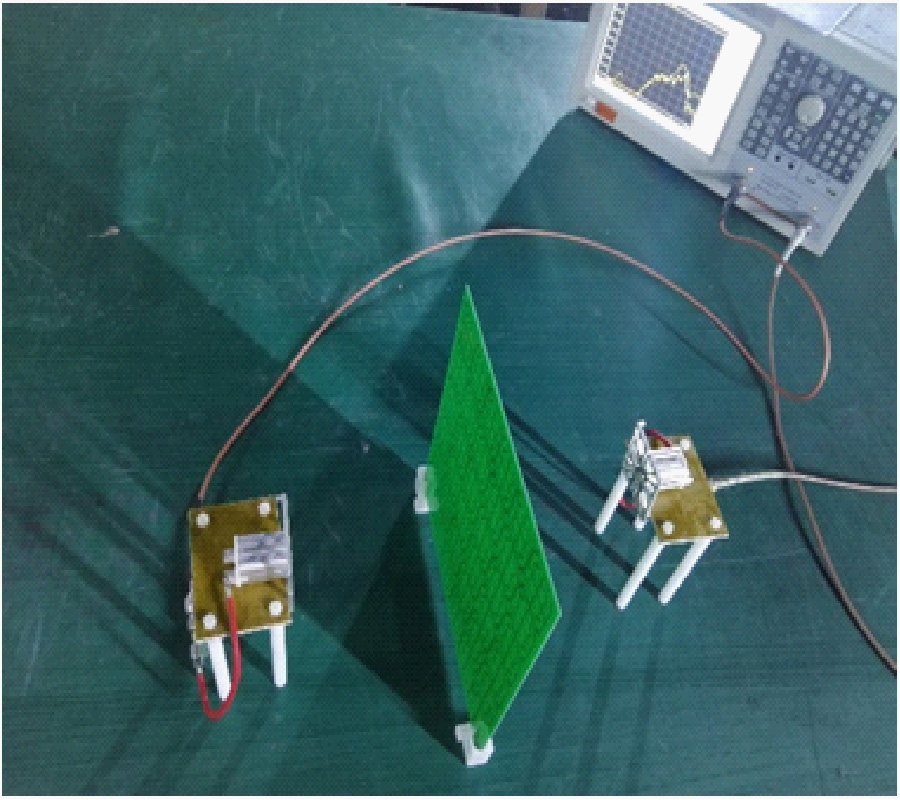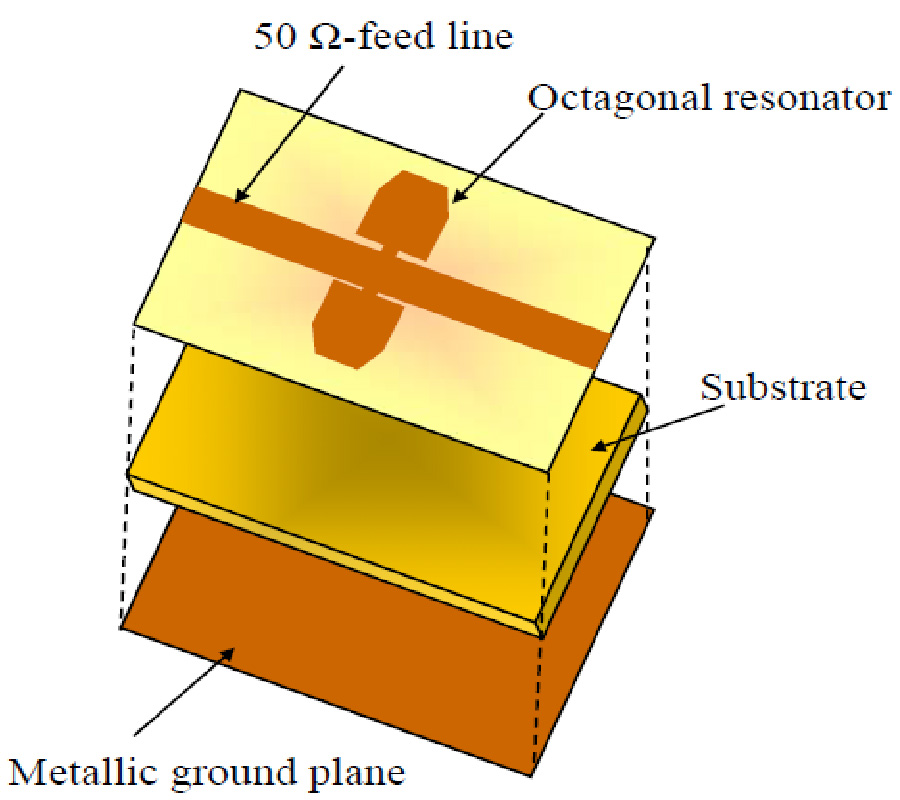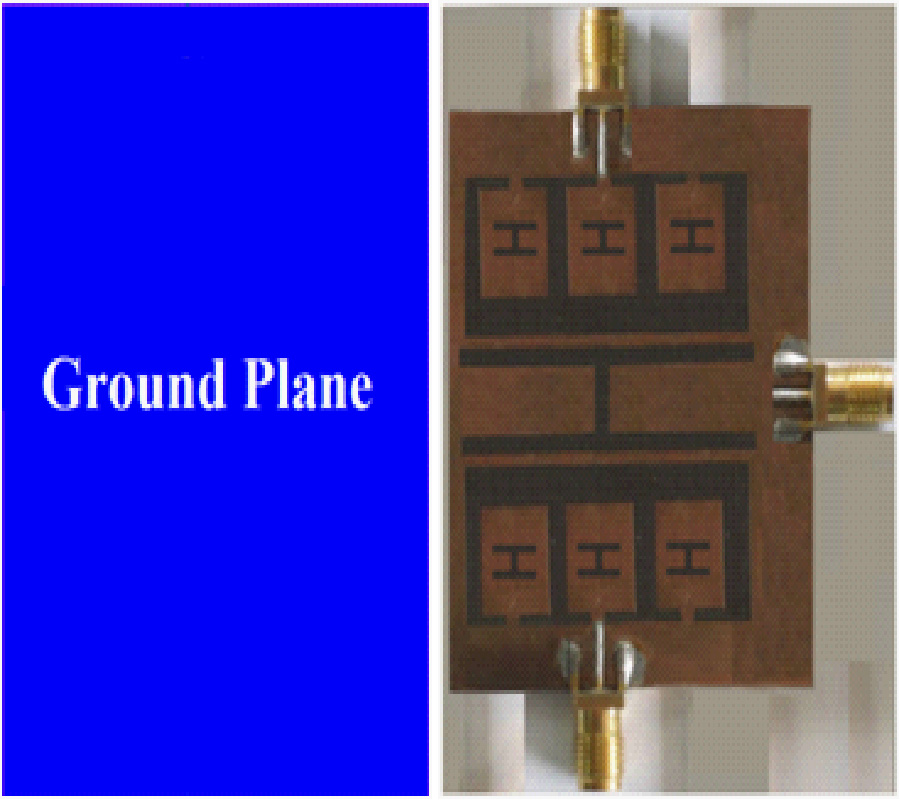A Novel Design of Hybrid Open Slot Antenna with Parasitic Element for Wideband Applications
Prashant Purohit,
Bhupendra Kumar Shukla and
Deepak Kumar Raghuvanshi
In this communication, a novel design of a hybrid open slot antenna is investigated and experimentally verified. The proposed structure comprises a slotted tuning stub, a proximity fed parasitic element, and slotted ground plane. Tuning and overlapping of best matching frequencies fr1, fr2, fr3, fr4, fr5, fr6, and fr7 are accomplished by varying the dimension of the parasitic element and elliptical slot which is the part of the elliptical slot. The experimental results reveal that this antenna covers the fractional bandwidth (BW(%) = 200 * (fh - fl)/(fh + fl)) of 139.5% from 0.98 GHz to 5.5 GHz for |S11|<-10 dB which is suitable for GSM 1800, WiMAX, PCS, and ITM-2000. After the analysis of current distribution, mathematical equations are developed for frequencies 1.04, 1.52, 3.06, 3.67, and 4.58 GHz. The structural analysis is also carried out for optimization and to know the electromagnetic behaviour of the antenna. Asymmetric radiation patterns are found at resonating frequencies due to open slot geometry.
